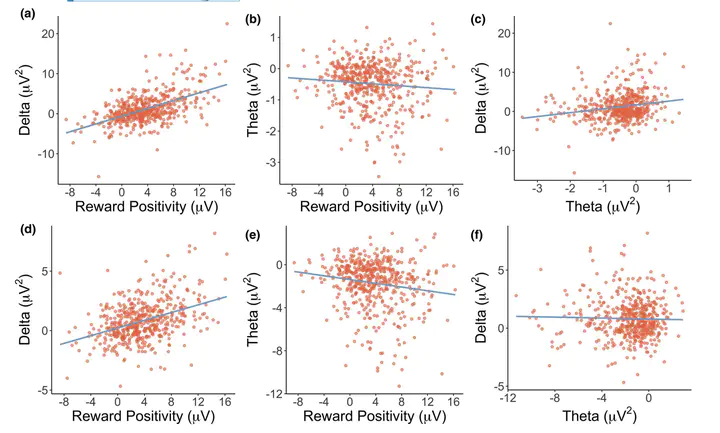The ERP, frequency, and time–frequency correlates of feedback processing: Insights from a large sample study

Abstract
Human learning, at least in part, appears to be dependent on the evaluation of how outcomes of our actions align with our expectations. Over the past 23 years, electroencephalography (EEG) has been used to probe the neural signatures of feedback processing. Seminal work demonstrated a difference in the human event-related potential (ERP) dependent on whether people were processing correct or incorrect feedback. Since then, these feedback evoked ERPs have been associated with reinforcement learning and conflict monitoring, tied to subsequent behavioral adaptations, and shown to be sensitive to a wide range of factors (e.g., Parkinson’s disease). Recently, research has turned to frequency decomposition techniques to examine how changes in the EEG power spectra are related to underlying learning mechanisms. Although the literature on the neural correlates of feedback processing is vast, there are still methodological discrepancies and differences in results across studies. Here, we provide reference results and an investigation of methodological considerations for the ERP (reward positivity) and frequency (delta and theta power) correlates of feedback evaluation with a large sample size. Specifically, participants (n = 500) performed a two-armed bandit task while we recorded EEG. Our findings provide key information about the data characteristics and relationships that exist between the neural signatures of feedback evaluation. Additionally, we conclude with selected methodological recommendations for standardization of future research. All data and scripts are freely provided to facilitate open science.